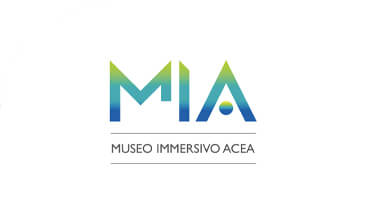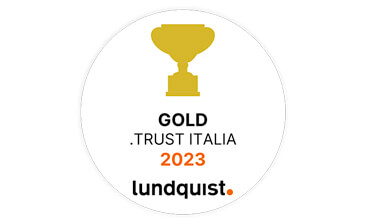
Acea for World Energy Saving Day
The water service must be managed from an optimized territorial level.
Current laws do not allow single Municipalities to reclaim management.
As we know, the integrated water service is managed on an optimized territorial level (ATO, Ambiti Territoriali Ottimali). This means that portions of territory – demarcated by the Regional authority – guarantee an effective, efficient and economically sustainable service: an improvement and rationalization – as prescribed by the law – compared with the fragmented management of the past.
This innovative management system was introduced by Law n.36 in 1994, the so-called Galli Law, and later implemented by Legislative Decree n. 152 of 2006, Consolidation Law on the Environment.
These laws expressly require “local entities within the same portion of territory to refer to the relevant governing entity” who has the competencies – previously in the hands of local entities – to manage water resources, including programming infrastructures.
This means that – unless the law is changed – individual Municipalities cannot reclaim the management of the water service. What local entities can do, having obtained the necessary funds, is entrust the management of the service (strictly on a territorial level) to a company to which they are associated to.
Until December 2012, the Consolidation Law for the Environment established that adhering to the single management of the integrated water service was optional for Municipalities with up to 1,000 people, if part of a mountain community, as long as they managed the entire service (aqueduct, sewage system and water treatment) and had the prior consent of the competent authority. Those same municipalities, however, would still have to be part of ATO.
This specific provision was repealed by the 2010 financial law. The new law did not apply to local entities that had already started managing their water system in accordance with the repealed disposition: in other words, small mountain municipalities who had not adhered to the ATO single management system were allowed to continue managing their systems autonomously; the others – despite meeting the criteria – no longer had the right to apply to do so.
This particular legislation changed again in 2015. While upholding the right of small municipalities to autonomous management (when already implemented), the new legislation also recognized the right to existing autonomous water management (already implemented in municipalities not part of ATO single-management), to municipalities meeting all the following criteria: where water is supplied by good quality sources; the water sources are part of natural parks or protected natural areas or sites recognized as natural heritage in accordance with the Law on cultural heritage and landscape; where water is used efficiently and water sources are well protected. The governing body of the territory is to assess the requirements are met.
Outside these cases, based on the current legislation, no local entity can manage their water system autonomously.
Discover the latest news and initiatives of the Acea Group

Acea for World Energy Saving Day

Visit the virtual museum about the history of the Acea Group

The channel for the commercial requests on land urbanisation

Acea turns the spotlight on the Rome Film Festival 2023

Acea is in the "Gold class" in the .trust research

Read more about our culture of inclusiveness